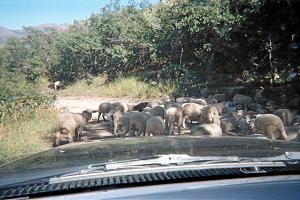
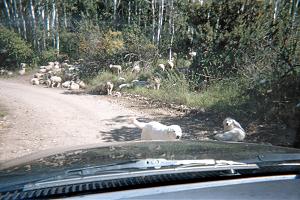
Monroe Peak approach.
of all operations.
|
4,000+ Foot Prominences September 2011 Trip Report © September 2011 Adam Helman |
| (Click on any image for enlargement.) |

|

|
|
Sheep herd blocks the Monroe Peak approach. |
These dogs are in-charge of all operations. |
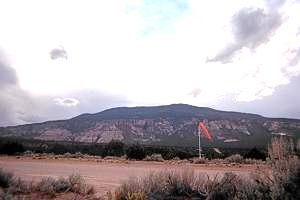
|
|
Navajo Mountain from my carpark at the airstrip. |
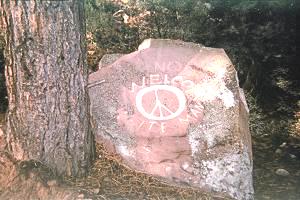
|
|
A mixed message sent by the local population. |
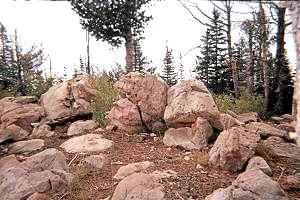
|
| Navajo Mountain summit boulders |
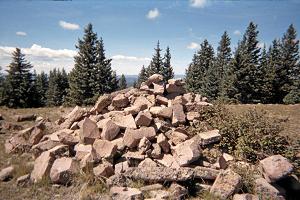
|
|
enormous Chicoma Mountain summit cairn |

|
|
New Mexico at nearly treeline from Chicoma Mountain's summit. |
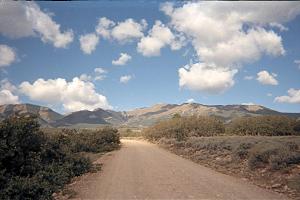
|
|
Abajo Peak from FR087 is right of center. |
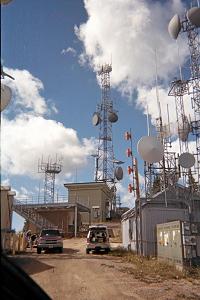
|
|
Abajo Peak summit antenna farm |
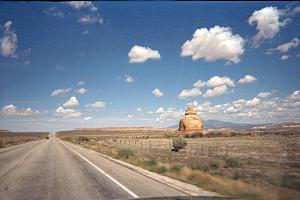
|
|
Along Route 191 is a rock formation which appears shaped like a bell coming from the south. Abeam the object its true, oblong form is revealed. |
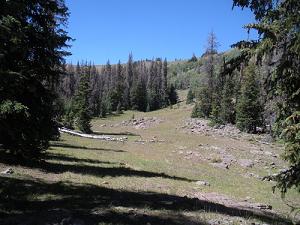
|
|
Alpine meadow and evergreens along the short Glenwood Mountain hike. |
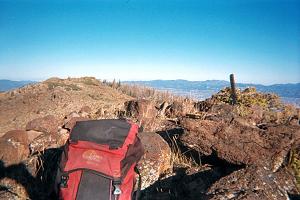
|
|
GPS unit atop the most likely highest rock at Glenwood Mountain. |
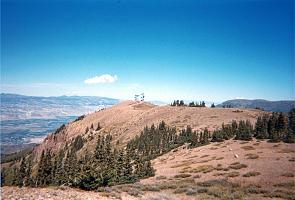
|
|
View north from Monroe Peak's slightly higher south summit. |
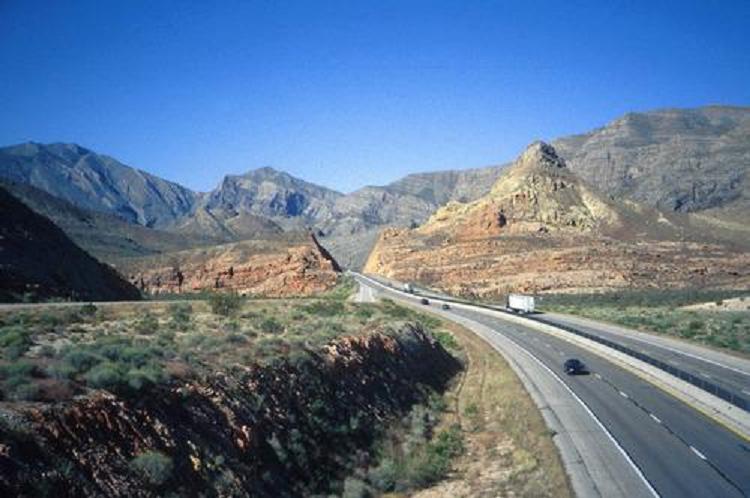
|
|
Interstate-15 enters the Virgin River Gorge in this west-facing view from Utah to extreme northwestern Arizona. |